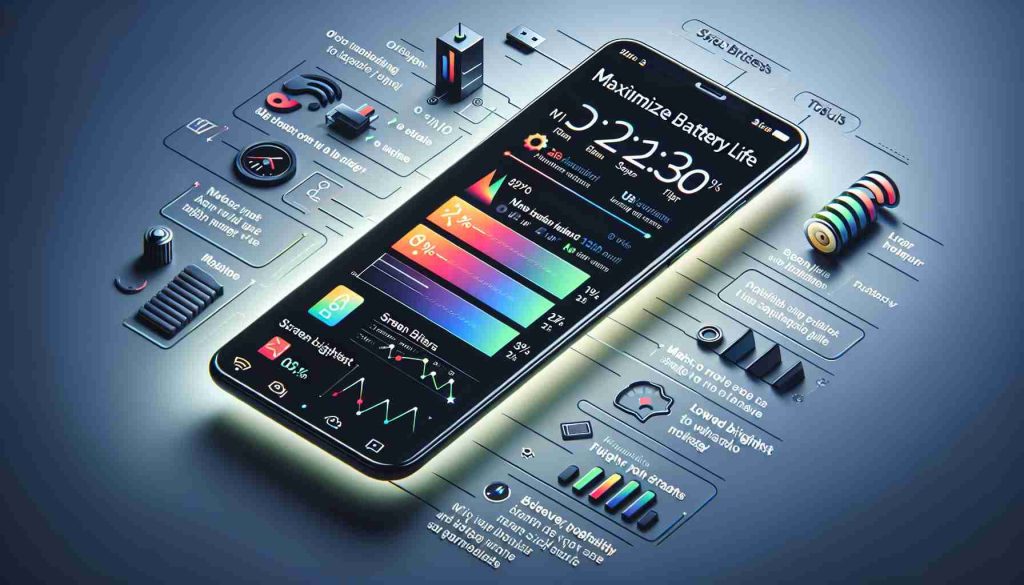Recent months have witnessed a surge in new smartphone launches from major tech corporations. Google has introduced its Pixel 9, while Apple followed suit with the iPhone 16. Samsung, not to be left behind, has released its latest foldable models—the Z Flip6 and Z Fold6—alongside Huawei’s intriguing Mate XT, which offers a unique three-fold screen design.
As global smartphone sales slow down, companies are focusing on showcasing cutting-edge features. Apple’s CEO mentioned that the iPhone 16 represents a significant advancement in smartphone capabilities. Meanwhile, Google’s product management vice president highlighted the beautiful design of the Pixel 9.
Both companies are integrating artificial intelligence features into their devices. Google’s new Magic Editor enables users to enhance their photos with AI-generated content, while Apple’s iPhone 16 integrates OpenAI’s ChatGPT technology into Siri, attracting mixed reviews regarding necessary updates.
Experts suggest that while AI features can enhance user experience, they may not be the top priority for all consumers. The demand for improved camera specifications remains high, although overall smartphone usage is changing. Users are now retaining their devices longer, resulting in a projected decline in sales this year.
Interestingly, there is a noticeable shift towards more basic mobile phones. Finnish company HMD continues to produce Nokia’s feature phones, emphasizing simplicity and reduced distractions, which may appeal to many users seeking a break from constant connectivity.
Smartphone Innovations Amidst Changing Consumer Habits
In recent years, the smartphone market has not only faced challenges like slowing sales but has also seen transformative shifts in consumer preferences. As companies compete fiercely to innovate, it is crucial to explore the latest advancements and the trends influencing these changes.
What Are the Key Innovations Driving Smartphone Sales?
One significant innovation is the development of battery technology. Companies are investing in faster-charging solutions and improved battery capacities to address consumer demands for longer-lasting devices. For instance, advancements in Lithium-sulfur batteries, which promise higher energy density and lower costs, are on the horizon. This could revolutionize smartphone power management, providing users with more uptime between charges.
How Are Consumer Habits Shifting?
The trend toward longer retention of devices is evident. Studies show that many consumers are choosing to upgrade less frequently due to the increased durability of smartphones and the burgeoning secondhand market. Users are now prioritizing sustainability, leading to a rise in eco-friendly models and emphasizing the need for companies to incorporate recyclability into their designs.
What Challenges Are Companies Facing?
Despite these innovations, tech companies face controversies, particularly in privacy and data usage. As smartphones become more integrated with AI and personal data management, concerns over data security and ethical use are increasing. For example, the use of facial recognition technologies and location tracking has raised significant privacy debates among consumers and regulators alike.
Key Advantages and Disadvantages of Current Innovations
Advantages:
1. Enhanced User Experience: Innovations such as AI-driven features improve user engagement and streamline tasks.
2. Sustainability: The push for eco-friendly devices can attract environmentally conscious consumers.
3. Versatile Functionality: Advanced smartphone features cater to a diverse range of user needs, from photography to productivity.
Disadvantages:
1. Privacy Concerns: The integration of AI can lead to increased surveillance and loss of user privacy.
2. Complexity: As smartphones become more advanced, they may become overwhelming for some users who prefer simplicity.
3. Market Saturation: With more features and options available, some consumers may feel paralyzed by choice, leading to decision fatigue.
What Does the Future Hold?
As manufacturers continue to innovate, it is essential to balance cutting-edge features with user comfort and ethical practices. The conversation within the tech community increasingly prioritizes consumer education and transparency, especially regarding data handling practices.
Moreover, companies are exploring the expansion of 5G technology. In regions where 5G is becoming more accessible, it can significantly enhance the functionality of smartphones, leading to higher user engagement and opening avenues for new applications.
For further insights and trends on smartphone technology, visit Gartner and stay updated with expert analyses.
The intersection of innovation and changing consumer habits presents both opportunities and challenges, making it an exciting area to watch in the coming years.























